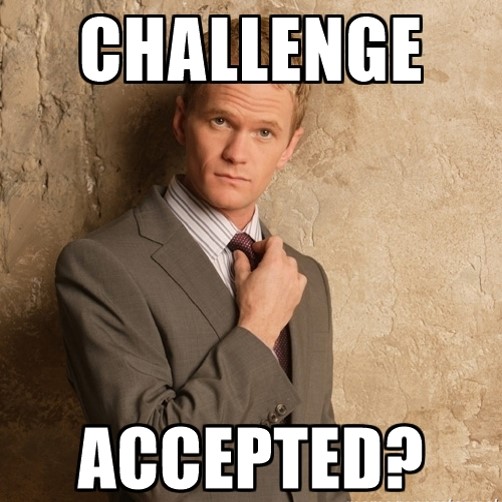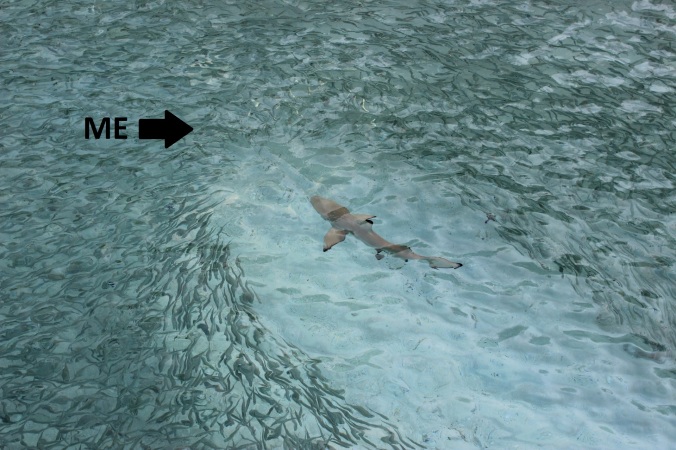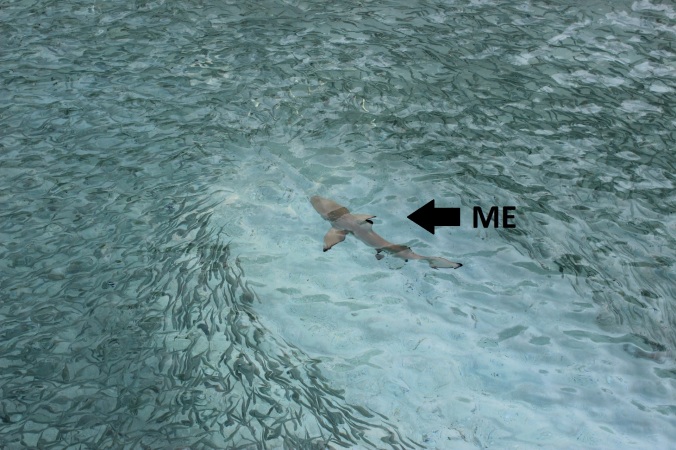At the end of his introductory chapter, Bain (2004) notes his two hopes for the reader: 1) “I hope this book will inspire readers to make a systematic and reflective appraisal of their own teaching approaches and strategies” and “I hope readers will take away from this book the conviction that good teaching can be learned” (p. 21).
While I cannot speak for other readers, I can speak for myself regarding the 115 pages of the 178 pages I have read (I’m a slow reader). I do believe his first hope was realized for me. All my lif,e education has been based in lectures. I don’t remember elementary school or middle school – which is probably a good thing considering the pictures I have seen of myself from those times (braces + pimples + poor attempts at being “cool” with bright make-up and ill-fitting clothes = awkward) – but high school and undergraduate university was defined by me sitting in a class listening to an instructor speak. And, for someone who has a touch of ADHD (inattentive type), it would take about 15 minutes for me to space out into some fantasy land where no one had to know how to use sine, cosine, and tangent (which, it turns out, is anywhere outside of a math class, as it has been so long since I used those terms I had to look them up to get the spelling correct). But, this didn’t just occur in math class. It occurred in all classes, despite the interest of the subject and the best intentions of the instructor. I just cannot pay attention to a lecture for that long.
But, when I started to teach myself, I did the same. I, as Albert Bandura would have easily guessed, mimicked the only style I knew. I lectured in front of a powerpoint for the every single minute of the class, every single day of the class. I did the same to my students what other instructors had done to me, despite knowing the implications. Specifically, I knew it was boring, mostly because I was bored when I was lecturing.

I’m not sure why, but this picture seems to sum up my teaching in the past. I was the bored/angry cat. And, my students were the sad clown/doll.
But, for a while now, because of a class or two I have taken, a conversation or two I have had, and a conference or two I have attended, I have begun to move away from boring my students (and myself). And, this book was the clincher. Somewhere in the book, the exact spot I can no longer remember, Bain (2004) wrote about how the best teachers often defy the standards of their discipline. The rebellious side of me, the part who thought, 12 years ago, that a shirt with a evil kitten was “cool”, was intrigued. Certainly, my experience has taught me that I cannot be my best when lecturing (Bain, 2004, noted that some of their best teachers were sometimes lecturing, but I do not believe I excel in that regard). So, I’m inspired to begin deviating from the social norm – I’ve never been too fond of social norms anyway.
So, every few pages of the book, I would have an idea for a future class that I would jot away in my phone before it floated off to somewhere in the space-time continuum I could not find. Some of my notes included: “include projects designed by the students”, “place students in small groups”, and “have students pick the topics we discuss”. I wrote with fervor of what I could do to rank among the best teachers Bain (2004) was discussing. However, I fear that these ideas may be a mere reflection of excitement, but not of substance.
Because, Bain’s (2004) second hope was not realized for me. At least so far, I do have over 50 pages left. Despite the sparse notes on the past failures of these best teachers, Bain (2004) spent most of his time describing what the best teachers do, not what the best teachers did. He seemed to focus on lofty aspirations, not realistic goals. For example, while it is admirable that the best teachers expect every student to meet the high, but manageable, standards set for the class, what do they do with the small percentage who, for one reason or another, do not meet such standards (either because of a lack of time, a lack of motivation, or a lack of organization)? Or, how do they have the time to do all of these wonderful things of which they speak? Or, what do they say to higher-ups who want them to instead stand with the status quo? The answers to these questions were not provided, not even mentioned. Therefore, it seemed as though, maybe by definition, these best teachers experienced no problems, no problems at all. They do not seem to face many of the problems I seem to face.
With the rose-colored glasses in which these best teachers are discussed, according to my reading, it did seem to appear that many of the qualities were innate, beyond the grasp of people such as myself. So, although I was very inspired by what I COULD do in the future, I still remain skeptical of what I WOULD do in the future.

“I want to be a good instructor. I promise. I just don’t know how!”
Given, Bain (2004) did warn that the book was not a manual of what to do and what not to do when teaching. Yet, despite this qualification, he, nevertheless, hints at it with aplomb. Although the next pages may provide such guidance, if not, hopefully, the other books that have begun to arrive at my front door will be more directive with the fine details, not just the big picture.
Until next time: bye!
P.S. My apologies for the pessimism. It was/is a good book, which I have enjoyed so far, but lacking in solid advice (which was not the intention of the book anyway, but it was what I was trying to find).









